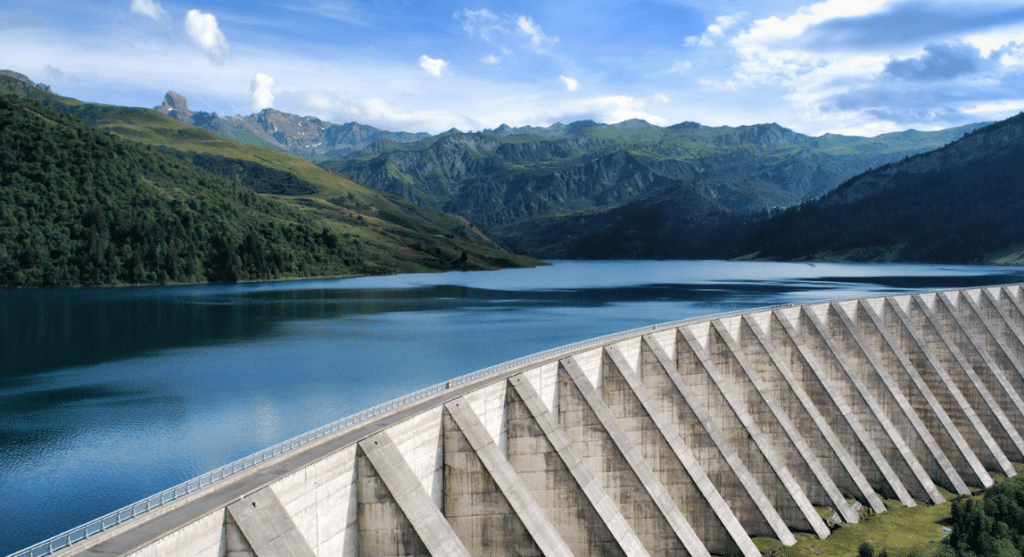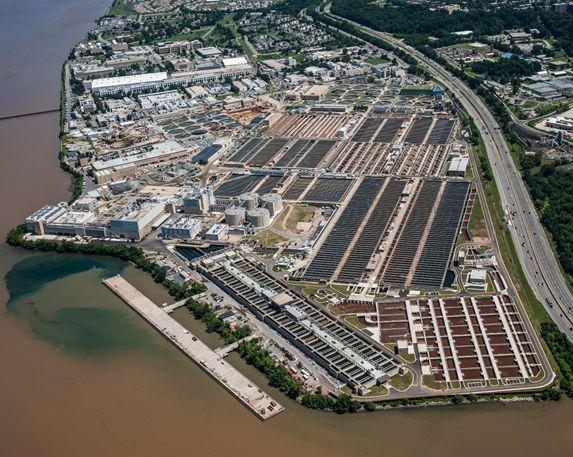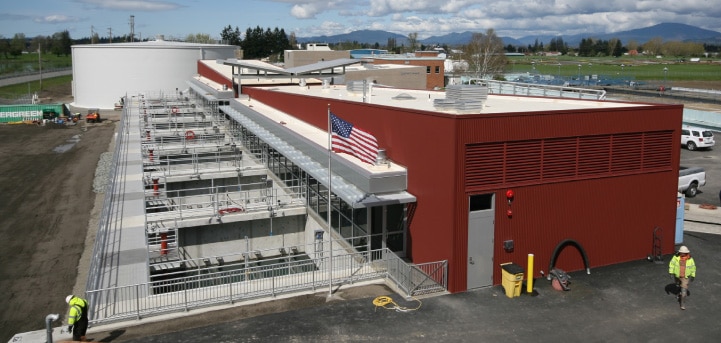April 22, 2022
For the past 50 years, on April 22nd, Earth Day has been celebrated by billions of people around the globe to promote awareness of our environment’s health.

Serious concerns about our changing environment are being studied and addressed today by scientists, politicians, and climate change activists. This year’s theme is “Invest in Our Planet,” with emphasis to accelerate solutions to combat climate change.
Climate change and the effects on sea level rise
Climate change
Scientists predict that global temperatures will continue to rise for decades, mainly due to greenhouse gases produced by human activities. The Intergovernmental Panel on Climate Change (IPCC), which includes more than 1,300 scientists from the United States and other countries, forecasts a temperature rise of 2.5 to 10 degrees Fahrenheit over the next century.
Effects that scientists predicted in the past would result from global climate change are now occurring and include accelerated melting of glaciers and polar ice, increasing heat waves causing more frequent severe weather events, and sea level rise.
Sea level rise
Sea level rise is caused primarily by two factors related to climate change, including the increase of water from melting polar ice sheets and glaciers and the expansion of seawater as it warms. Global mean sea levels are projected to rise a foot in the next three decades. Read more data on NASA sea level charts.
National Oceanic and Atmospheric Administration (NOAA) 2022 Sea Level Rise Technical Report

In the NOAA 2022 Sea Level Rise Technical Report, the agency presents the first related update since 2017, offering projections to 2150.
Takeaways according to NOAA:
- The Next 30 Years of Sea Level Rise
Sea level along the US coastline is projected to rise on average 10 – 12 inches in the next 30 years (as much as the rise measured over the last 100 years (1920 – 2020).
- More Damaging Flooding Projected
By 2050, moderate flooding is expected to occur, on average, more than ten times as often as today and may be intensified by local factors.
- Emissions Matter
About 2 feet of sea level rise along the US coastline is increasingly likely between 2020 and 2100 because of today’s carbon emissions.
- Continual Tracking
Ongoing and expanded monitoring will be critical as sea levels continue to rise.
Infrastructure Bill – Climate Resilience and Weatherization Funds

The US Infrastructure Bill designates $50 billion for climate resilience and weatherization as more frequent and severe droughts, heatwaves, floods, and wildfires occur. For example, this funding allocates resources for communities recovering from or vulnerable to disasters and increases funding for Federal Emergency Management Agency and Army Corps of Engineers programs that help reduce flood risk and damage. The National Oceanic and Atmospheric Administration will also receive additional funding for wildfire modeling and forecasting.
Other environmental and climate-related investments in the legislation include:
- $65 billion for clean energy and grid-related investments
- $7.5 billion to build a national network of charging stations for electric vehicles
- $55 billion to expand access to clean drinking water
- $21 billion to clean up Superfund and brownfield sites and cap orphaned oil and gas wells
Climate Change Adaptation Strategies

Sea level rise is a severe threat to low-lying coastal communities. Markets are seeing increased demand for sea level rise adaptation for current structures and applications for newly constructed buildings, including raising levees, new flood walls, upgrading below groundwater infrastructure systems that rely on gravity to drain toward sea level, and more.
The US Environmental Protection Agency (US EPA) shares direction for sea level rise adaptation strategies:
Construct New Infrastructure
- Build flood barriers to protect infrastructure
- Elevate or relocate facilities
- Build new pumping station systems to drain water and sewer lines up to the new sea levels
Model Climate Risk
- Conduct sea level rise and storm surge modeling
- Model and monitor groundwater conditions
- Model and reduce inflow/infiltration in the sewer system
Modify Land Use
- Study response of nearby wetlands to storm surge events
Monitor Operational Capabilities
- Monitor flood events and drivers
Plan for Climate Change
- Develop coastal restoration plans
- Integrate climate-related risks into capital improvement plans
For example, The US Army Corps of Engineers is focusing on several major projects to protect low-lying coastal areas around south Florida and the Gulf of Mexico.
Repair and Retrofit Facilities
- Implement saltwater intrusion barriers and aquifer recharge
- Improve pumps for backflow prevention
- Retrofit and reroute transportation systems along coastal areas
 S&ME Project Manager Chris Dougherty tells us, “As concerns over sea level rise (SLR), coastal flooding, and storm surge continue to grow, our planning group has been fortunate to work with many coastal communities throughout Florida. We have helped our municipal clients navigate the latest legislative changes by assessing vulnerabilities and potential impacts of SLR projection models, identifying funding and grant resources, and developing goals, objectives, and policies to enhance local adaptation strategies and resiliency measures.”
S&ME Project Manager Chris Dougherty tells us, “As concerns over sea level rise (SLR), coastal flooding, and storm surge continue to grow, our planning group has been fortunate to work with many coastal communities throughout Florida. We have helped our municipal clients navigate the latest legislative changes by assessing vulnerabilities and potential impacts of SLR projection models, identifying funding and grant resources, and developing goals, objectives, and policies to enhance local adaptation strategies and resiliency measures.”
Sea Level Rise Adaptation Case Studies
The below case study examples from US EPA showcase sea level rise adaptation in construction.
Blue Plains Wastewater Facility Reinforces Facility Against Floods
Washington, DC
 The Blue Plains Wastewater Facility serves most of the national capital area and is vulnerable to flooding because of its location on the Potomac River. The DC Water and Sewer Authority implemented an adaptation plan to prepare for more flooding due to sea level rise. The Blue Plains facility underwent a $13 million dollar construction project to build a 17.2 ft high sea wall with 3 feet of freeboard to protect against higher river elevation or waves, completed in 2021.
The Blue Plains Wastewater Facility serves most of the national capital area and is vulnerable to flooding because of its location on the Potomac River. The DC Water and Sewer Authority implemented an adaptation plan to prepare for more flooding due to sea level rise. The Blue Plains facility underwent a $13 million dollar construction project to build a 17.2 ft high sea wall with 3 feet of freeboard to protect against higher river elevation or waves, completed in 2021.
Anacortes Washington Water Treatment Plant Rebuilt for Climate Change
Anacortes, WA

The city of Anacortes, WA water treatment plant is located along the Skagit River and is vulnerable to floods and future climate risks. Moving the facility out of the floodplain was too costly. Officials decided to rebuild on the existing site to reduce future vulnerability.
